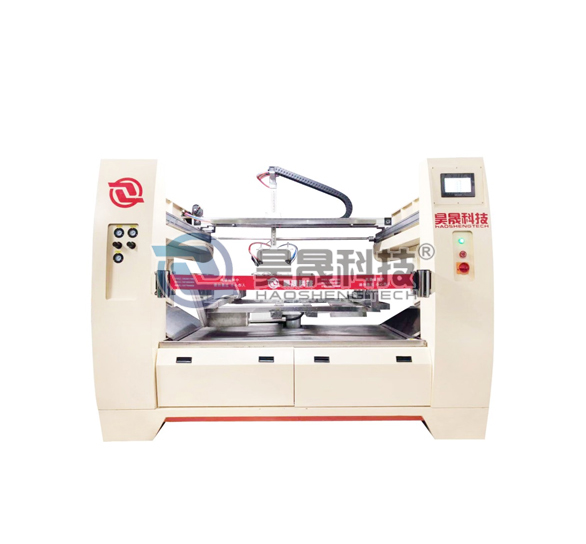As a manufacturer of reciprocating machines, it is crucial to have a deep understanding of the vulnerable parts and their replacement cycles in order to ensure the stable operation of the equipment and extend its service life.
The vulnerable parts of reciprocating machines mainly include piston rings, air valves, seals, connecting rod bolts, crosshead pins, etc. The piston ring frequently rubs against the cylinder wall during reciprocating motion, which can lead to problems such as wear and breakage. As a key component for controlling gas inflow and outflow, the valve plate, spring and other parts of the valve are also prone to damage due to fatigue, corrosion and other reasons during frequent opening and closing processes. Seals are used to prevent gas leakage, and their sealing performance will gradually decrease over time due to the erosion of the medium and mechanical stress. Connecting rod bolts are subjected to alternating loads during equipment operation and are prone to loosening, deformation, and even fracture. There is relative motion between the crosshead pin, crosshead, and connecting rod, and wear is also a common problem.

The method of determining the replacement cycle of vulnerable parts is relatively complex. Firstly, it is necessary to refer to the user manual of the device. The manual will provide a rough range of replacement cycles based on the design parameters and expected operating conditions of the equipment, which is an important reference. At the same time, it is necessary to determine based on the actual operating time and operating conditions of the equipment. If the equipment runs for a long time or operates under harsh conditions such as high temperature, high pressure, and high corrosion, the wear rate of vulnerable parts will accelerate, and the replacement cycle should be correspondingly shortened.
Regular equipment inspection and maintenance are also important means of determining the replacement cycle. By disassembling the equipment, visually inspect the wear, deformation, corrosion, and other conditions of vulnerable parts, and determine whether replacement is necessary based on the actual degree of damage. For example, when the wear of the piston ring reaches a certain value, or when there are obvious cracks or deformations in the valve plate, it should be replaced in a timely manner. In addition, monitoring technologies such as vibration monitoring, temperature monitoring, pressure monitoring, etc. can be used to indirectly determine the working status of vulnerable parts. When there are abnormal changes in the monitoring data, it may indicate that the vulnerable parts have problems and need further inspection to determine whether to replace them.
In short, the replacement cycle of vulnerable parts in reciprocating machines cannot be generalized, and multiple factors need to be comprehensively considered and determined through scientific methods to ensure the safe and stable operation of the equipment.